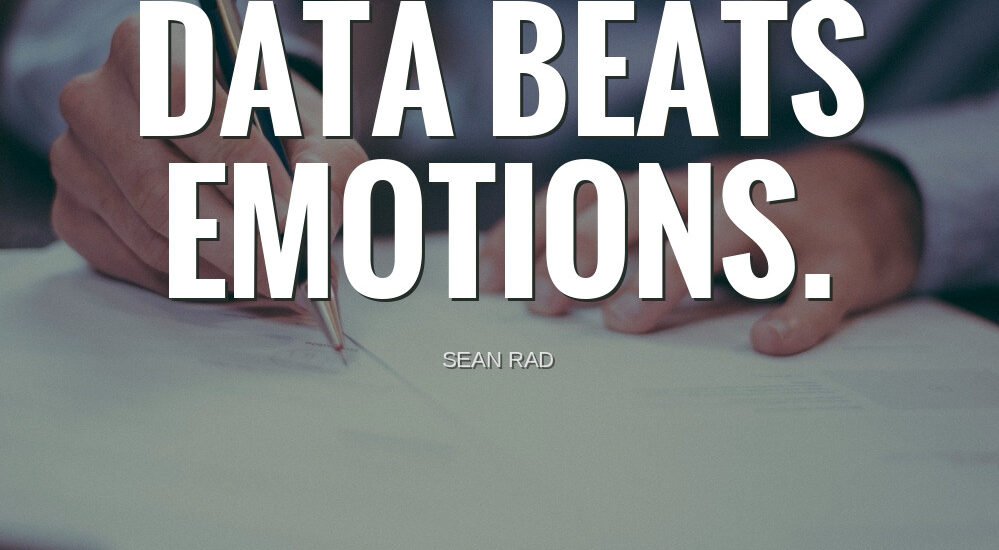Dr. Glen Brown’s Enhanced Equity Valuation Model: Integrating the Nine-Laws for Dynamic, Risk-Adjusted Valuation
- August 4, 2025
- Posted by: Drglenbrown1
- Category: Equity Valuation / Financial Engineering

Abstract: This paper presents a fully integrated Equity Valuation Model that blends fundamentals, market-regime analysis, probabilistic forecasting, and Dr. Glen Brown’s proprietary Nine-Laws Framework. Designed for adaptability and precision, it guides traders and portfolio managers through a transparent, self-adjusting process—culminating in a single, risk-adjusted price target. Tesla (TSLA) serves as a running example throughout.
1. Introduction
Traditional valuation methods often fail to adapt in real time to shifting market regimes, volatility bursts, and corporate catalysts. By embedding Dr. Glen Brown’s Nine Laws of Adaptive Volatility & Risk Management into a core fundamental model, we create a hybrid system that:
- Smooths earnings via 3-year averages
- Calibrates valuation discount factors from real price observations (EVDF/EVGF)
- Allocates probabilities dynamically using regime signals
- Incorporates multi-factor overrides, Monte Carlo uncertainty bands, capital structure and catalyst modules
- Outputs a single, risk-adjusted target with a built-in margin-of-safety
2. Core Fundamental Value (FV₀)
Law 9 – Continuous Model Validation & Rebirth: Smooth earnings volatility with:
FV₀ = (3-yr avg Diluted EPS) × (3-yr avg Trailing P/E)Example (TSLA): 3-yr EPS avg = 3.32; P/E avg = 96.54 ⇒ FV₀ = $320.50.
3. EVDF ↔ EVGF Calibration
Re-solve EVDF to align fundamentals with today’s price P₀ over tₒ𝒷ₛ months:
EVGF₁yr = (P₀ / FV₀)^(12 / tₒ𝒷ₛ)
EVDF₁yr = 1 / EVGF₁yrExample (Aug 4 2025): P₀=308; FV₀=320.50; tₒ𝒷ₛ=7 mo ⇒ EVGF₁yr=0.9341; EVDF₁yr=1.0706.
4. Dynamic Regime Probability Calibration
Law 1 – Correlation Regime Transition: Use quantitative signals to set p_Bull/Base/Bear:
- Volatility (DAATS): high compression → ↑ p_Bear
- Momentum (I-Trend/MACD): Bull crossover → ↑ p_Bull
- Macro Triggers: yield-curve inversion → bump p_Bear
5. Market-Regime Scenarios via Fibonacci Splits
Law 2 – Weighted Decay of DAATS: apply a Fibonacci split r to EVDF₁yr:
EVDF_Bull = EVDF_base × (1 – r)
EVDF_Bear = EVDF_base × (1 + r)
EVGF_s = 1 / EVDF_s
FV_t,s = P₀ × (EVGF_s)^tExample (38.2 % split, TSLA): EVDF_Bull=0.6616→EVGF=1.5114; EVDF_Base=1.0706→EVGF=0.9341; EVDF_Bear=1.4796→EVGF=0.6759.
6. Multi-Factor Override Layer
Law 6 – Adaptive Break-Even Decision: blend EVDF output with:
- 5-yr DCF (CAPM discount)
- Relative P/E vs. peers (z-score)
If methods diverge > ±20 %, average for a consensus value.
7. Uncertainty Bands & Scenario Sampling
Law 3 – Macro Shock Propagation: assume EVDF∼𝒩(μ,σ) from DAATS history, run Monte Carlo (N=1 000) to generate P10/P90 bands for FV_t.
8. Capital Structure & ROIC Adjustment
Law 4 – Exposure & Death-Stop:
- Scale EVGF by (1 + Debt/Equity)
- Adjust EVDF ±10 % based on ROIC–WACC spread
9. Event-Driven “Jumps” Module
Law 5 – Exit Only on Death: define key catalysts (e.g. product launches) as binary gates adding a small EVGF bump (+5 %) under low-prob/ high-impact scenarios.
10. Automated Recalibration & Alerts
Law 8 – Transaction-Cost & Slippage Optimization: dashboard monitors P₀ vs. FV₀, EVDF drift, regime indicators; sends alerts when:
- p_Bear > 50 %
- P₀ deviates ±10 % from FV₀
11. Portfolio Integration & Risk Budgeting
Law 7 – Portfolio-Level Noise Budget:
- Rank tickers by (P – E[FV]) / E[FV]
- Allocate risk ∝ expected upside / EVDF volatility
- Hedge Bear tail with options or inverse ETFs
12. Conclusion & Implementation
This Enhanced Equity Valuation Model delivers a transparent, adaptive, and multi-dimensional process—anchored in nine proprietary laws—to generate a single, risk-adjusted target. Implement it via Excel or Python modules, back-test each overlay, and automate alerts to keep your valuation live and aligned with market realities.
About the Author
Dr. Glen Brown is President & CEO of Global Accountancy Institute, Inc. and Global Financial Engineering, Inc., with over 25 years of experience in proprietary trading, financial engineering, and algorithmic risk management. He is the architect of the Global Algorithmic Trading Software (GATS) and the Nine-Laws Framework for Adaptive Volatility & Risk Management.
Business Model Clarification
Global Accountancy Institute, Inc. and Global Financial Engineering, Inc. operate a closed, proprietary trading model. All research, models, and software are for internal use and are not available to external clients.
Risk Disclaimer
All opinions, analyses, and forecasts presented in this paper are for educational purposes only. Trading and investing carry risks; past performance is not indicative of future results. Readers should conduct their own due diligence and consult professional advisors before making any investment decisions.
